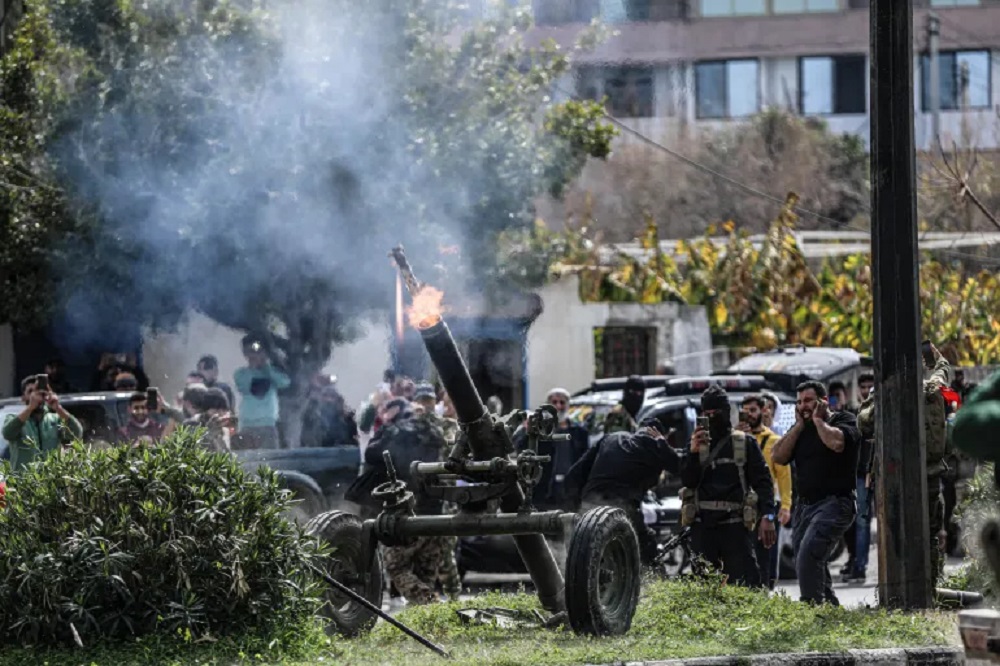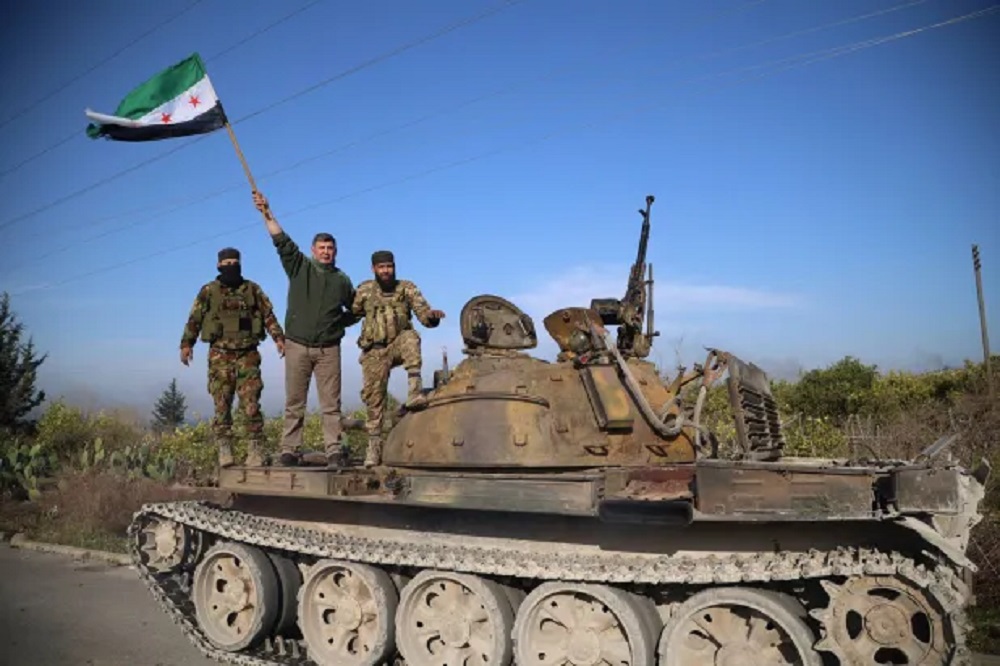Who Committed the Massacres in Syria’s Coastal Region? Three Groups Accused of Executing Mass Killings
As Syria’s coastal cities descend into bloodshed, mass killings targeting Alawite civilians spark fears of escalating sectarian violence. Authorities launch investigations as chaos unfolds.

Watan-Over the past few days, Syria’s coastal villages and cities have become the scene of mass killings, targeting civilians, mostly from the Alawite sect. These attacks followed violent clashes between supporters of ousted president Bashar al-Assad and security forces. But who is responsible for these massacres?
The new Syrian authorities have not yet released an official death toll, but human rights organizations report staggering numbers. Human Rights Watch estimates “hundreds of deaths,” including entire families, while the Syrian Observatory for Human Rights has documented 1,383 civilian deaths, the majority of whom were Alawites.
Ahmed Al-Sharaa, Syria’s transitional president and former leader of Hay’at Tahrir al-Sham (HTS), vowed to hold those responsible accountable, stating:”Anyone involved in the bloodshed of civilians will not escape justice.”
The authorities have also announced the formation of an independent investigation committee to examine the events in Syria’s coastal region.
Were the Killings Sectarian?
Survivor testimonies and reports from human rights groups and journalists indicate that the killings primarily targeted Alawite civilians.
On Tuesday, the UN High Commissioner for Human Rights reported:”Entire families—including women, children, and those incapable of fighting—were killed in attacks with a clear sectarian nature.”
Eyewitnesses claim that attackers raided homes, asked residents about their sectarian identity—Alawite or Sunni—before deciding whether to kill or spare them.
One survivor, who requested anonymity, recounted:”I saw a man, his wife, and their two children forced out of their home in a village near Latakia before being executed by gunfire.”
Another resident from Baniyas described how armed men rounded up all the men from his brother’s apartment building, took them to the rooftop, and executed them.

Who Carried Out the Killings?
No group has officially claimed responsibility for the massacres. However, preliminary investigations and human rights reports point to three main factions that carried out these mass killings alongside the ongoing security crackdown in Syria’s coastal region.
According to French researcher Cédric Labrousse, an expert on northern Syria:”After calls for mobilization, armed groups poured into the Syrian coast from various regions. These groups are not officially linked to the new government in Damascus.”
He identifies three key factions involved in the violence:
- Fighters from Idlib, the former stronghold of Hay’at Tahrir al-Sham (HTS), along with combatants from areas controlled by Turkey-backed factions.
- Former warlords and soldiers who later joined the new Syrian army, particularly factions supported by Ankara, such as the Suleiman Shah Division (Amshat) and Hamza Division (Hamzat).
- Foreign jihadists, including Kyrgyz, Uzbek, and Chechen fighters, who were expelled from the region in early January 2025 as part of the new government’s efforts to stabilize security.
Human Rights Watch has emphasized:”Accountability must extend to all parties involved, including Hay’at Tahrir al-Sham and the Turkey-backed Syrian National Army, both of which have a documented history of human rights violations.”

Chaos and Revenge in Syria’s Coastal Region
Since Bashar al-Assad’s fall on December 8, Syria’s coastal region has witnessed ongoing attacks against the new authorities, alongside widespread violence against Alawite civilians.
On March 6, Damascus reported a wave of attacks targeting security headquarters, government buildings, and hospitals, resulting in 231 security personnel deaths.
In a significant development, Brigadier General Ghiath Dalla, a former senior military commander under Bashar al-Assad, announced the formation of the “Military Council for the Liberation of Syria” on social media. This has raised fears of further escalation in the coming weeks.
With an estimated 1.7 million Alawites—about 9% of Syria’s total population—the community played a dominant role in the army and pro-Assad militias, which led brutal crackdowns on opposition forces over the past 13 years.
Today, the new Syrian government in Damascus faces immense security challenges in stabilizing the coastal region. At the same time, international pressure is mounting for a transparent investigation into the recent massacres and accountability for those responsible—regardless of their affiliations.






